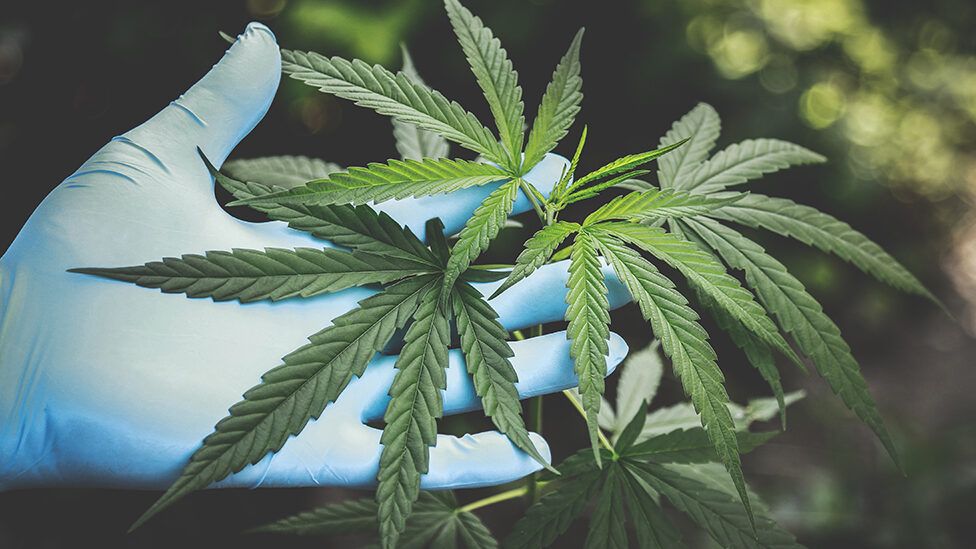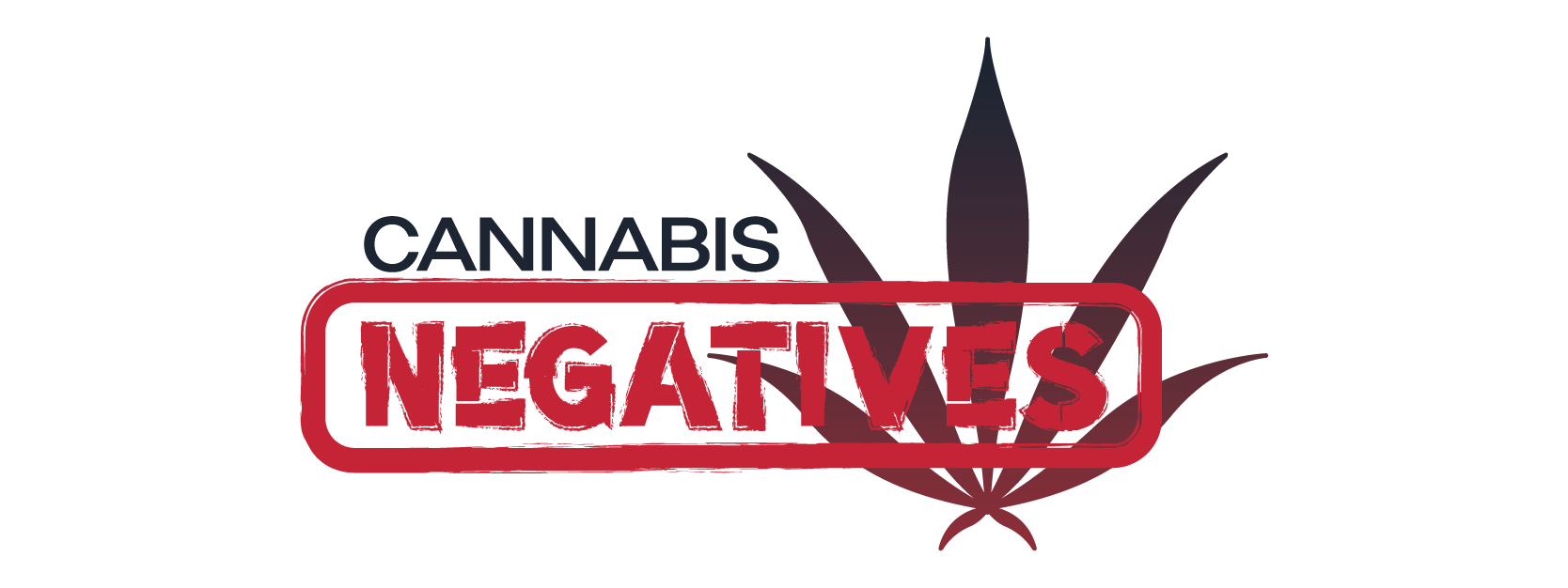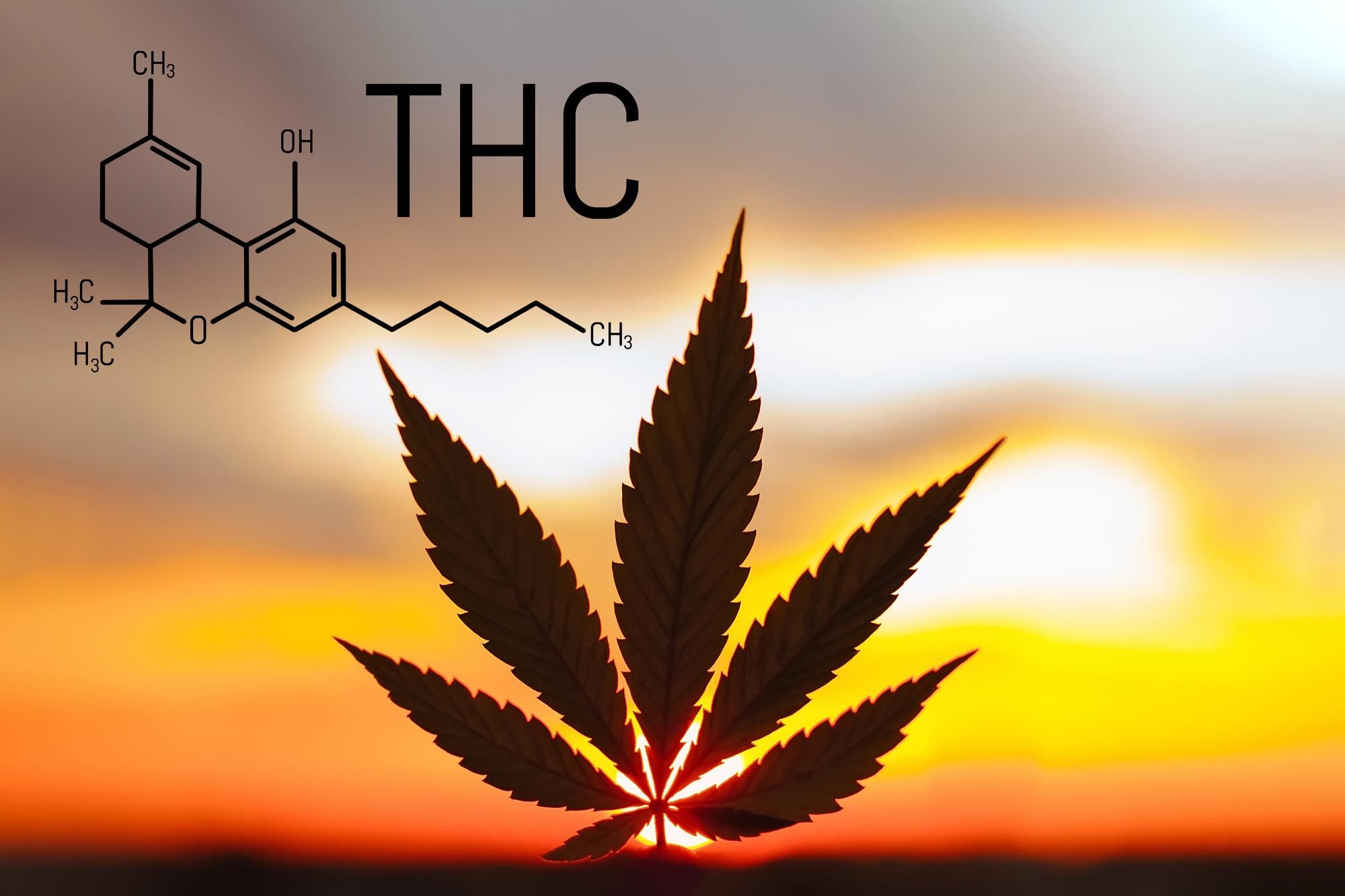Cannabis and Controversy: The Enduring Debate Over the Gateway Drug Theory

The concept of cannabis as a gateway drug has been a focal point of drug policy debates in America for several decades, particularly highlighted in anti-drug campaigns and studies aiming to understand the progression from marijuana use to more potent substances like heroin and cocaine. The “gateway drug theory” suggests that using substances perceived as less harmful, such as cannabis, can lead to using more dangerous drugs under the influence of peer pressure and increased drug tolerance. This theory gained traction in the mid-20th century, as marijuana became increasingly popular among the youth, especially during the socially turbulent 60s and 70s.
In the 1980s, the gateway theory was propelled into the limelight as part of the government’s intensified efforts to combat drug use. During this era, characterized by the “Just Say No” campaign, cannabis was often depicted as the first step on a perilous journey of drug addiction. Educational programs in schools and community centers across the nation emphasized the sequence of progression from smoking ‘weed’ or ‘pot’ to experimenting with hard drugs. These efforts were bolstered by various studies that attempted to draw correlations between early cannabis use and later high-risk behaviors involving more lethal substances.
However, the validity of the gateway drug theory has been a subject of intense debate within the scientific community and among social commentators. Critics argue that the correlation does not imply causation and that the social environment and psychological factors play more significant roles in an individual’s likelihood to progress to harder drugs. They point out that peer pressure and socio-economic factors are more predictive of substance use progression than the initial use of cannabis itself.
Despite the controversies, the characterization of cannabis as a gateway drug has had a lasting impact on drug policies and law enforcement practices. Throughout the generations, this perspective has influenced legislative actions, leading to stringent regulations and penalties for cannabis users and distributors, often disproportionately affecting certain social groups. The narrative has also shaped public opinion, contributing to the stigma surrounding cannabis use and complicating efforts for legalization and decriminalization.
As the debate continues, newer studies and changing public attitudes are challenging the traditional views on cannabis. The evolving legal landscape, marked by the legalization of marijuana for medical and recreational use in several states, reflects a shift towards recognizing the complexities of drug use and its drivers. It underscores the need for a balanced approach to drug policy that considers the broad spectrum of scientific evidence, social contexts, and the real harm associated with various substances.

